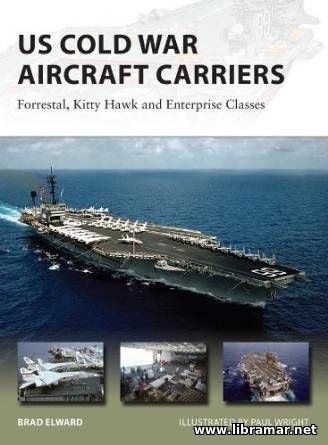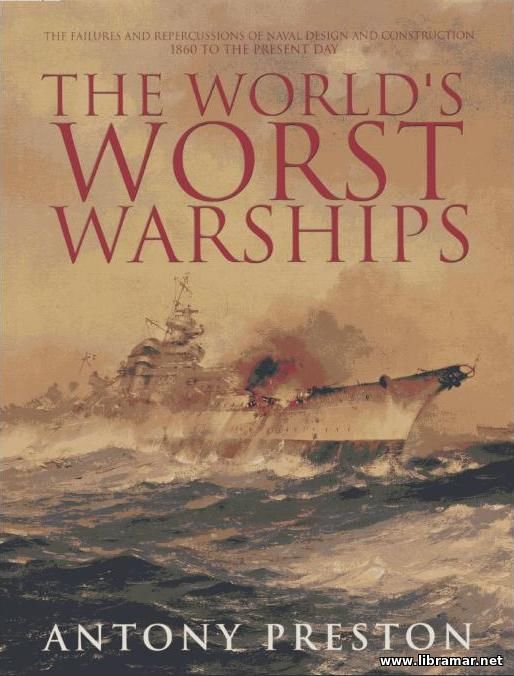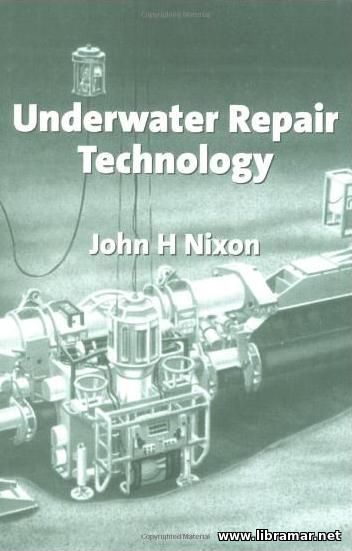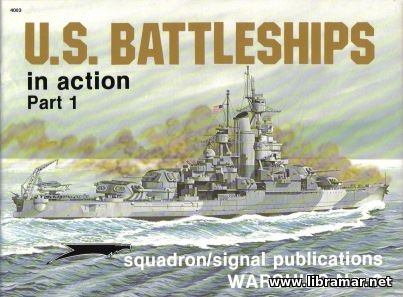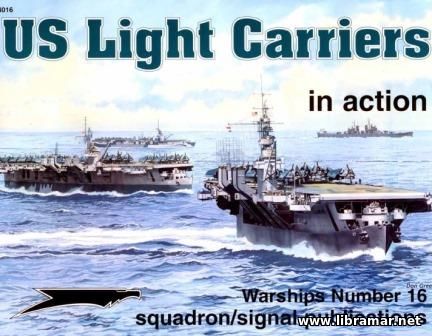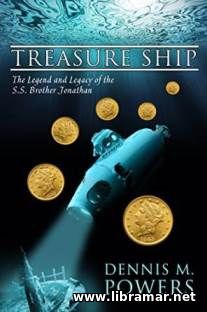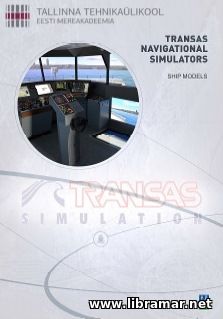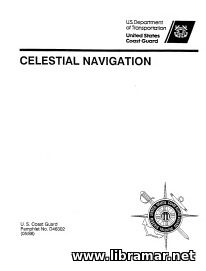
The original intention of the compilers of the present pamphlet was to provide readers with the enough practical knowledge they would require to observe and plot the celestial position lines in a correct ways, and also to be able to obtain any technical information commonly needed for completion of the celestial navigation day. In fact, the degree of proficiency that can be reached in the field of celestial navigation, depends on the practical experience of the mariners.
However, the present volume provides readers with lots of useful information that can be related as a foundation on which the whole other knowledge shall be built, and using this information, the mariners will be able to make the celestial navigation a much more satisfying experience. Please note that the information n an data provided in this title shall be used for training purposes only. For many centuries, the mariners used the small and big dippers as a sort of guides as they always stayed in a same position.
The star that did never seem to move at the sky was noticed to have a constant attitude and the mariners of the past used this to move north and south. We would not consider celestial navigation a dead art at all, even in the age of modern equipment and electronics. It is actually used to update the systems of electronic navigation and also used when there are ni any other means readily available...
